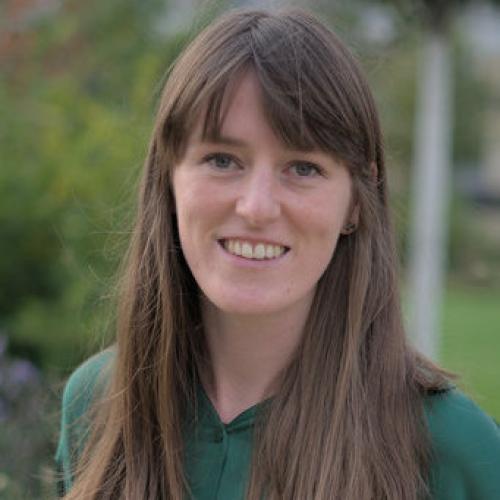PI Claire Donnelly Awarded IEEE Magnetics Society Early Career Award for Developments in 3D Magnetic Imaging
Congratulations to WPI-SKCM2 PI, Claire Donnelly, for being awarded the IEEE Magnetics Society Early Career Award. She is being recognized for “excellent work on developing x-ray techniques for imaging magnetic structures in three dimensions.” Donnelly’s group, Spin3D, is based at the Max Planck Institute for Chemical Physics of Solids in Dresden, Germany.
Donnelly has worked on state-of-the-art techniques to create and visualize 3-dimensional magnetic materials because, while there are many fascinating physical features to study in 3-dimensional magnets, until recently, the technology to fabricate and investigate such magnets was not available. Prior work had been mostly limited to studying flat surfaces or films.
Donnelly and her group use techniques analogous to 3D printing to design and control the properties of 3-dimensional magnetic “nanostructures,” which are magnets on the scale of one billionth of a meter in size. To visualize the magnets, the group uses a technique similar to a CT scan. However, instead of using x-rays to create a 3-dimensional view of human tissues and organs, they use special x-rays called synchrotron x-rays to reconstruct a 3-dimensional view of magnetic materials at the nanoscale. They have also combined these and other techniques to observe how the magnetism changes over time, creating movies instead of still images. These imaging techniques are the work Donnelly is being recognized for by the IEEE Magnetics Society.
IEEE Magnetics Society Early Career Award, established in 2016, was created “to recognize an individual, nominated not more than 5 years after completion of his or her PhD, and who has already shown outstanding scientific or technical achievements which have been significantly beyond the average performance of a person at that career level.” The IEEE Magnetics Society has 47 chapters across the globe and “promotes the advancement of science, technology, applications and training in magnetism.”



